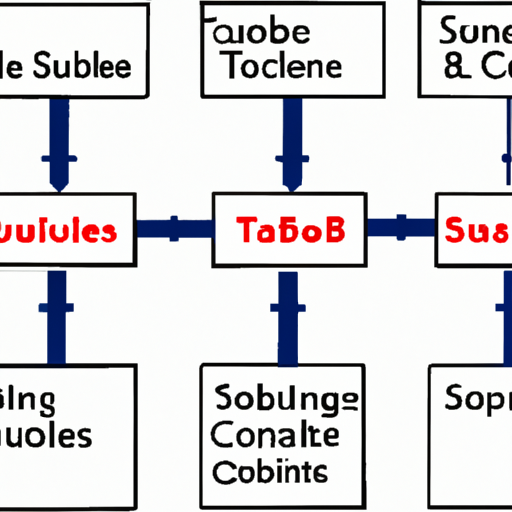What Are Objects in SQL: A Comprehensive Guide
SQL, or Structured Query Language, is a powerful programming language used for managing and manipulating relational databases. In SQL, objects are essential components that help organize and structure the data within a database. In this comprehensive guide, we will explore the various types of objects in SQL and their significance in database management.
Tables
One of the most fundamental objects in SQL is the table. A table represents a collection of related data organized into rows and columns. Each column in a table represents a specific attribute, while each row represents a record or instance of data. Tables are used to store and organize data in a structured manner, making it easier to retrieve and manipulate information.
Views
Views are virtual tables derived from one or more existing tables in a database. They provide a way to present data in a customized and simplified manner, without altering the underlying tables. Views can be used to restrict access to certain columns or rows, provide a specific perspective on the data, or combine data from multiple tables into a single view. They offer a high level of flexibility and convenience in data retrieval and analysis.
Indexes
Indexes are objects used to improve the performance of database queries by facilitating faster data retrieval. They work similar to the index of a book, allowing the database engine to quickly locate specific data based on the indexed columns. By creating indexes on frequently queried columns, the database can avoid scanning the entire table, resulting in significant performance gains. However, it’s important to note that indexes also introduce overhead during data modification operations, so they should be used judiciously.
Constraints
Constraints are rules or conditions applied to the data in a database to maintain data integrity and enforce business rules. SQL supports various types of constraints, such as primary key, foreign key, unique, and check constraints. Primary key constraints ensure the uniqueness and integrity of a column or a combination of columns, while foreign key constraints establish relationships between tables. Unique constraints enforce the uniqueness of values in a column, and check constraints validate data based on specified conditions.
Stored Procedures
Stored procedures are precompiled sets of SQL statements that are stored in the database and can be executed as a single unit. They are used to encapsulate complex business logic or frequently performed tasks, providing a way to centralize and reuse code. Stored procedures offer several advantages, including improved performance, enhanced security, and simplified application development and maintenance.
Triggers
Triggers are special types of stored procedures that are automatically executed in response to specific database events, such as insertions, updates, or deletions. They are used to enforce data integrity, implement complex business rules, or perform additional actions based on certain conditions. Triggers can be powerful tools for automating tasks and maintaining data consistency within a database.
Conclusion
In SQL, objects play a crucial role in organizing and managing data within a database. Tables provide the foundation for storing and structuring data, while views offer a flexible way to present and analyze data. Indexes improve query performance, constraints ensure data integrity, and stored procedures and triggers enable code encapsulation and automation. Understanding and utilizing these objects effectively is essential for efficient and effective database management in SQL.




